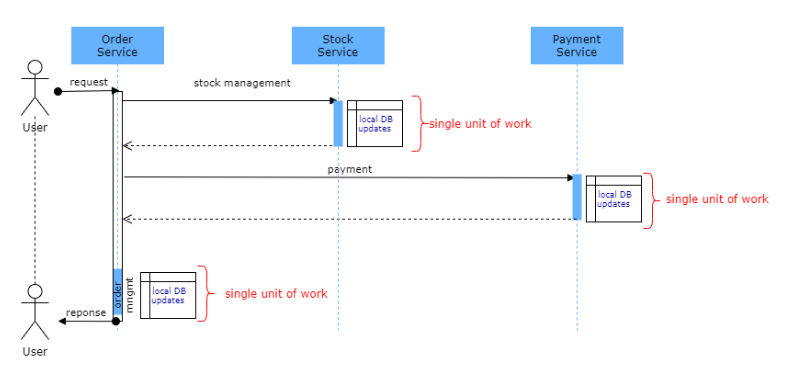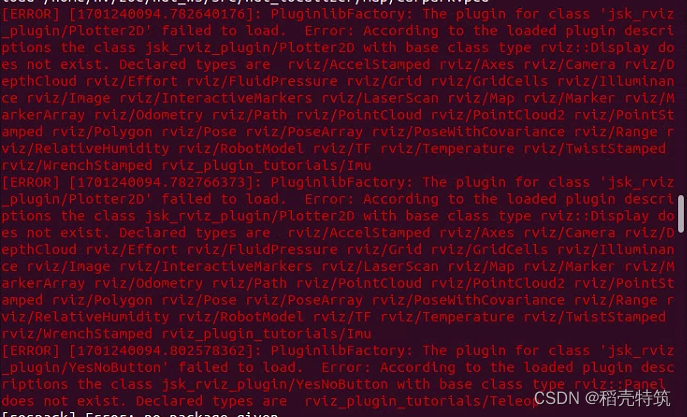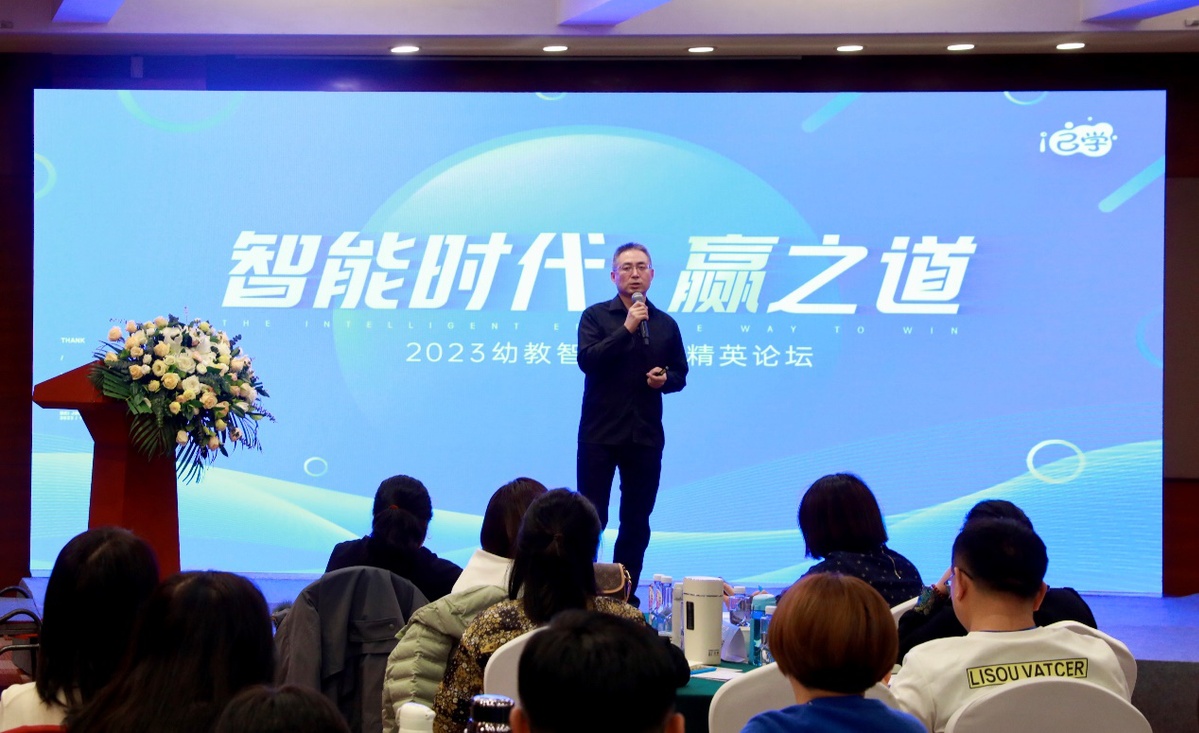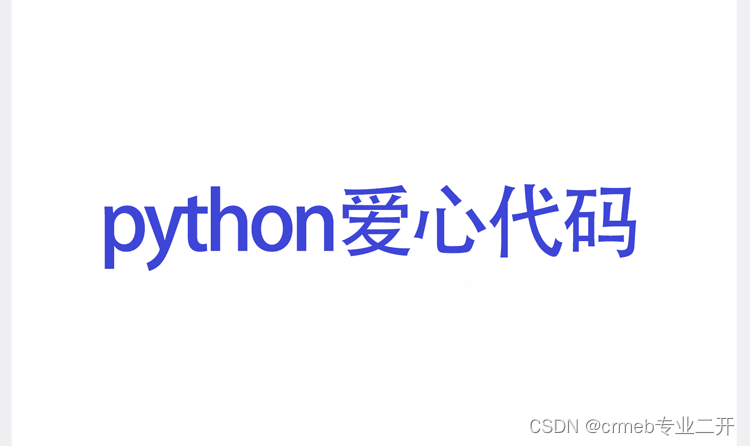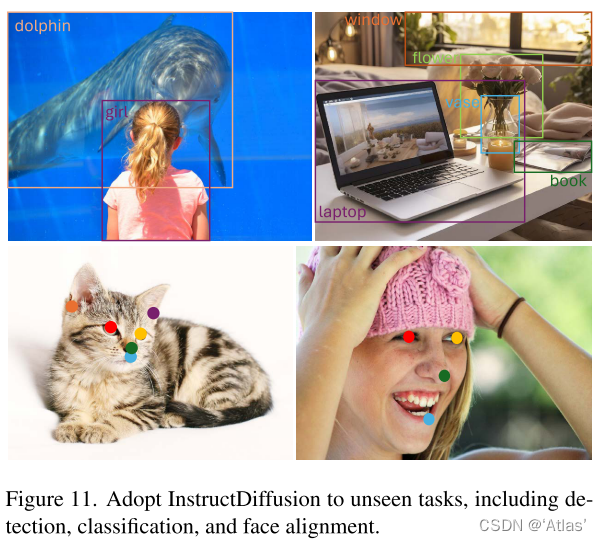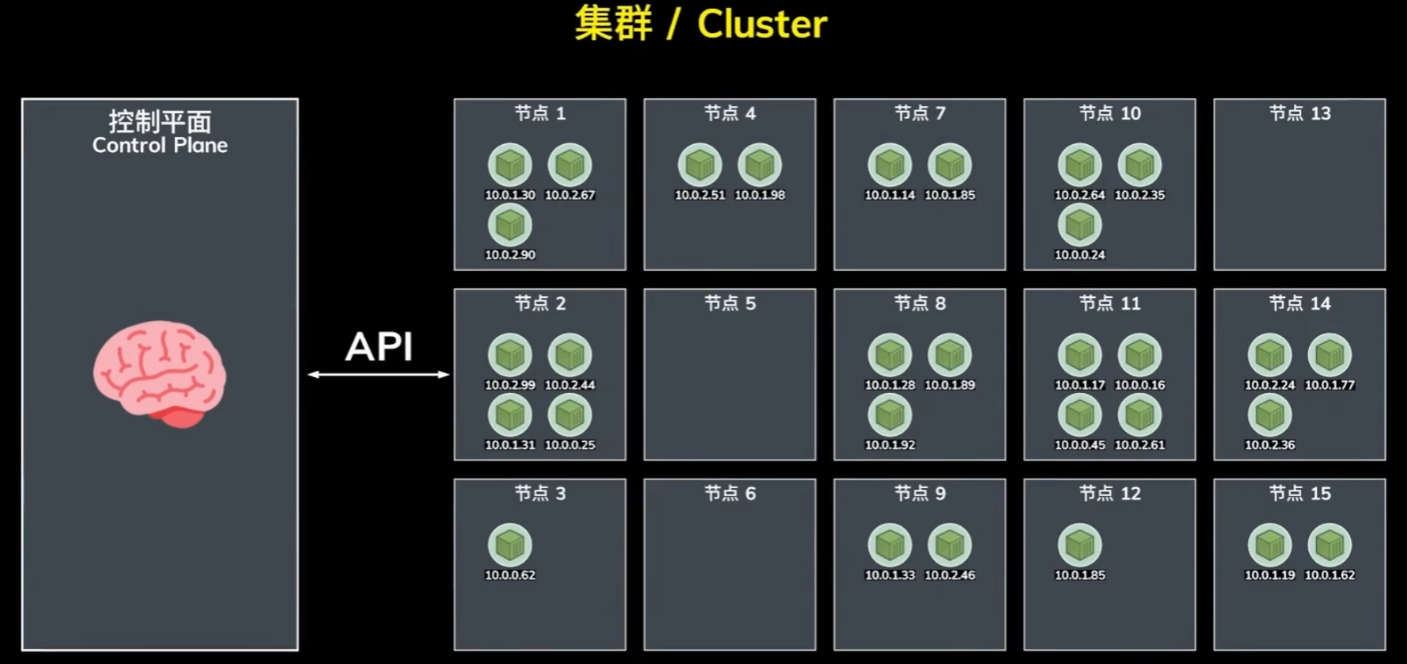提示:文章写完后,目录可以自动生成,如何生成可参考右边的帮助文档
文章目录
- 1.MyBatis简介
- 2.使用步骤
- 2.1、引入依赖
- 2.2、配置文件
- 2.3、接口定义
- 2.4、加载执行
- 3.原理解析
1.MyBatis简介
MyBatis是一个ORM工具,封装了JDBC的操作,简化业务编程;
Mybatis在web工程中,与Spring集成,提供业务读写数据库的能力。
2.使用步骤
2.1、引入依赖
采用Maven包依赖管理,mybatis-3.5.5版本;同时需要数据库连接驱动
<dependency><groupId>org.mybatis</groupId><artifactId>mybatis</artifactId><version>3.5.5</version>
</dependency>
<dependency><groupId>mysql</groupId><artifactId>mysql-connector-java</artifactId><version>5.1.49</version>
</dependency>
2.2、配置文件
配置文件配置数据库连接源,及映射文件。
<?xml version="1.0" encoding="UTF-8"?>
<!DOCTYPE configuration PUBLIC "-//mybatis.org//DTD Config 3.0//EN" "http://mybatis.org/dtd/mybatis-3-config.dtd"><configuration><environments default="development"><environment id="development"><transactionManager type="JDBC" /><!-- 数据库连接方式 --><dataSource type="POOLED"><property name="driver" value="com.mysql.jdbc.Driver" /><property name="url" value="jdbc:mysql://localhost/user" /><property name="username" value="root" /><property name="password" value="123456" /></dataSource></environment></environments><!-- 注册表映射文件 --><mappers><mapper resource="mybatis/User.xml"/></mappers></configuration>
2.3、接口定义
定义实体:
package com.xiongxin.mybatis.entity;public class User {private String username;private String password;...getter&&setter
}
接口定义
package com.xiongxin.mybatis.mapper;
import com.xiongxin.mybatis.entity.User;
import java.util.List;
public interface UserMapper {List<User> queryUser();
}
定义映射文件
<?xml version="1.0" encoding="UTF-8" ?>
<!DOCTYPE mapperPUBLIC "-//mybatis.org//DTD Mapper 3.0//EN""http://mybatis.org/dtd/mybatis-3-mapper.dtd"><mapper namespace="com.xiongxin.mybatis.mapper.UserMapper"><select id="queryUser" resultType="com.xiongxin.mybatis.entity.User">select * from tbl_user</select></mapper>
2.4、加载执行
package com.xiongxin.mybatis;import com.alibaba.fastjson.JSON;
import com.xiongxin.mybatis.entity.User;
import com.xiongxin.mybatis.mapper.UserMapper;
import org.apache.ibatis.io.Resources;
import org.apache.ibatis.session.SqlSession;
import org.apache.ibatis.session.SqlSessionFactory;
import org.apache.ibatis.session.SqlSessionFactoryBuilder;import java.io.IOException;
import java.io.Reader;
import java.util.List;public class TestMain {public static void main(String[] args) throws IOException {String resource = "mybatis-config.xml";//加载 mybatis 的配置文件(它也加载关联的映射文件)Reader reader = Resources.getResourceAsReader(resource);//构建 sqlSession 的工厂SqlSessionFactory sessionFactory = new SqlSessionFactoryBuilder().build(reader);//创建能执行映射文件中 sql 的 sqlSessionSqlSession session = sessionFactory.openSession();UserMapper userMapper = session.getMapper(UserMapper.class);List<User> users = userMapper.queryUser();System.out.println(JSON.toJSONString(users));}}
---------------------------------
..consule print..
[{"password":"password","username":"xiongxin"}]
到这里,这个Mybatis的使用环节结束。
整个实现过程中,我们并未编写Mapper的实现类,框架是如何在无实现类的场景下实现接口方法返回的呢?
这里就不得不说到接口的动态代理方法了。
3.原理解析
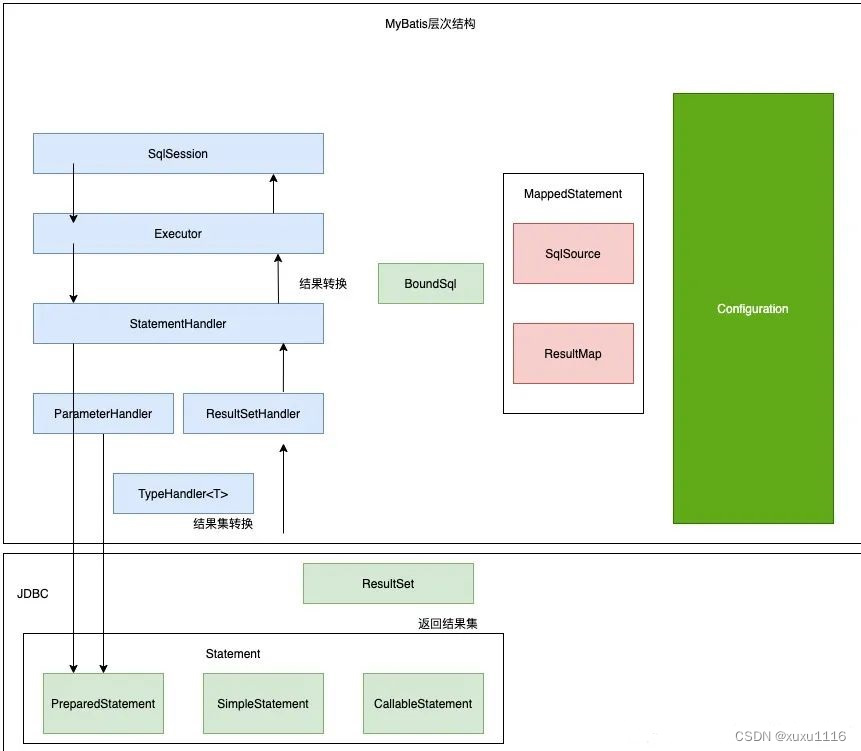
SqlSession接口的实现中,获取Mapper的代理实现类

使用了JDK动态代理的功能

代理类执行方法调用

方法调用中执行MethodInvoker
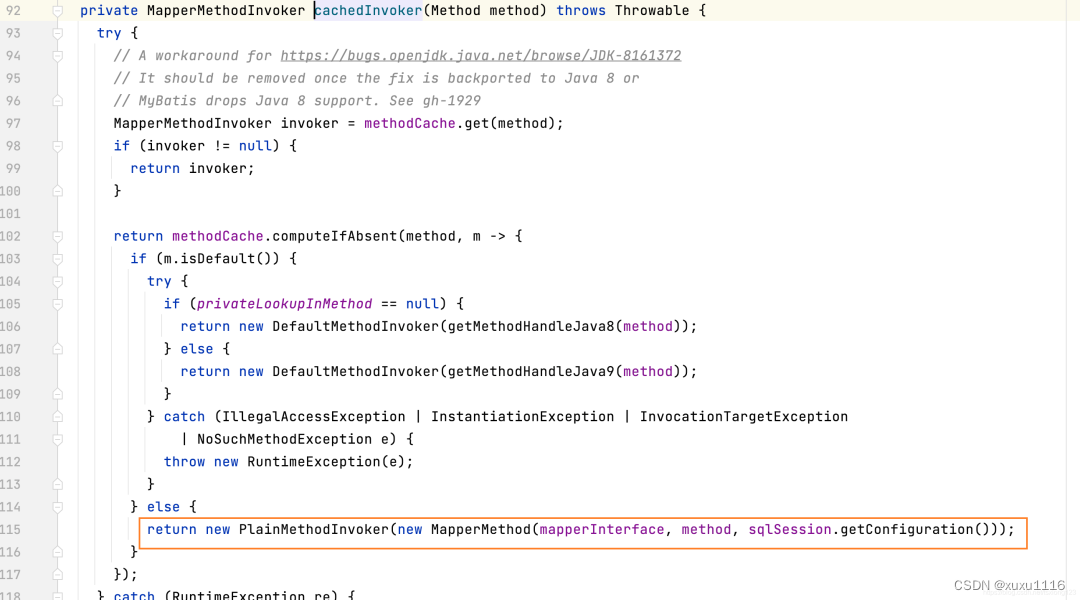
最终执行execue方法。

获取返回结果Result
4.手撕框架
前置知识:
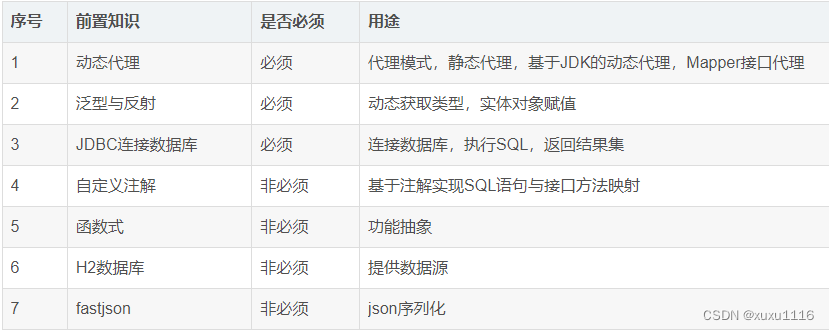
源码:
<dependencies><dependency><groupId>com.alibaba</groupId><artifactId>fastjson</artifactId><version>1.2.74</version></dependency><dependency><groupId>com.h2database</groupId><artifactId>h2</artifactId><version>1.4.199</version></dependency></dependencies>
package com.dbutil.session;import java.lang.annotation.Retention;
import java.lang.annotation.Target;
import java.lang.reflect.*;
import java.sql.Connection;
import java.sql.DriverManager;
import java.sql.ResultSet;
import java.sql.Statement;
import java.util.ArrayList;
import java.util.List;import static java.lang.annotation.ElementType.*;
import static java.lang.annotation.RetentionPolicy.RUNTIME;/*** @author xiongxin*/
public class SqlSession {public static Connection getConnH2() throws Exception {String url = "jdbc:h2:mem:db_h2;MODE=MYSQL;INIT=RUNSCRIPT FROM './src/main/resources/schema.sql'";String user = "root";String password = "123456";//1.加载驱动程序Class.forName("org.h2.Driver");//2.获得数据库链接Connection conn = DriverManager.getConnection(url, user, password);return conn;}/*** 自定义注解*/@Target({TYPE, FIELD, METHOD})@Retention(RUNTIME)public @interface QueryList {public String value();}/*** 动态代理** @param mapperInterface* @param <T>* @return*/public static <T> T getMapper(Class<T> mapperInterface) {return (T) Proxy.newProxyInstance(mapperInterface.getClassLoader(), new Class[]{mapperInterface}, new MapperInvocationHandler());}/*** 代理类方法*/public static class MapperInvocationHandler implements InvocationHandler {@Overridepublic Object invoke(Object proxy, Method method, Object[] args) throws Throwable {String sql = method.getAnnotation(QueryList.class).value();Class<?> returnType = method.getReturnType();//返回类型为Listif (returnType == List.class) {Type genericReturnType = method.getGenericReturnType();String typeName = genericReturnType.getTypeName();String replace = typeName.replace("java.util.List<", "").replace(">", "");//获取泛型类型Class<?> forName = Class.forName(replace);return SqlSession.queryList(sql, forName);}return null;}}/*** 结果集转换** @param <T>*/public interface ResultMap<T> {T convert(ResultSet resultSet) throws Exception;}/*** 创建连接并执行** @param sql* @param resultMap* @param <T>* @return* @throws Exception*/public static <T> List<T> queryList(String sql, ResultMap<T> resultMap) throws Exception {//jdbc数据库Connection conn = getConnH2();//3.通过数据库的连接操作数据库,实现增删改查(使用Statement类)Statement st = conn.createStatement();ResultSet rs = st.executeQuery(sql);List<T> list = new ArrayList<>();//4.处理数据库的返回结果(使用ResultSet类)while (rs.next()) {T convert = resultMap.convert(rs);list.add(convert);}//关闭资源rs.close();st.close();conn.close();return list;}/*** 查询数据集** @param sql* @param returnType* @param <T>* @return* @throws Exception*/public static <T> List<T> queryList(String sql, Class<T> returnType) throws Exception {List<T> list = SqlSession.queryList(sql, rs -> {T obj = returnType.newInstance();Field[] declaredFields = returnType.getDeclaredFields();for (Field declaredField : declaredFields) {Class<?> type = declaredField.getType();//类型为String时的处理方法if (type == String.class) {String value = rs.getString(declaredField.getName());String fieldName = declaredField.getName();Method method = returnType.getDeclaredMethod("set".concat(fieldName.substring(0, 1).toUpperCase().concat(fieldName.substring(1))),String.class);method.invoke(obj, value);}if (type == Long.class) {Long value = rs.getLong(declaredField.getName());String fieldName = declaredField.getName();Method method = returnType.getDeclaredMethod("set".concat(fieldName.substring(0, 1).toUpperCase().concat(fieldName.substring(1))),Long.class);method.invoke(obj, value);}//其他类型处理方法}return obj;});return list;}
}
schema.sql文件
drop table if exists user;
CREATE TABLE user
(id int(11) NOT NULL AUTO_INCREMENT,username varchar(255) DEFAULT NULL,password varchar(255) DEFAULT NULL,PRIMARY KEY (id)
);insert into user(id,username,password) values(1,'xiongxina','123456');
insert into user(id,username,password) values(2,'xiongxinb','123456');
insert into user(id,username,password) values(3,'xiongxinc','123456');
mapper定义
package com.dbutil.mapper;import com.dbutil.entity.UserEntity;
import com.dbutil.session.SqlSession;import java.util.List;public interface UserMapper {@SqlSession.QueryList("select * from user")List<UserEntity> queryUser();
}
使用:
package com.dbutil;import com.dbutil.entity.UserEntity;
import com.dbutil.mapper.UserMapper;
import com.dbutil.session.SqlSession;import java.util.List;public class UserService {public static void main(String[] args) throws Exception {UserMapper userMapper = SqlSession.getMapper(UserMapper.class);List<UserEntity> userEntities = userMapper.queryUser();for (UserEntity userEntity : userEntities) {System.out.println(userEntity);}}
}

